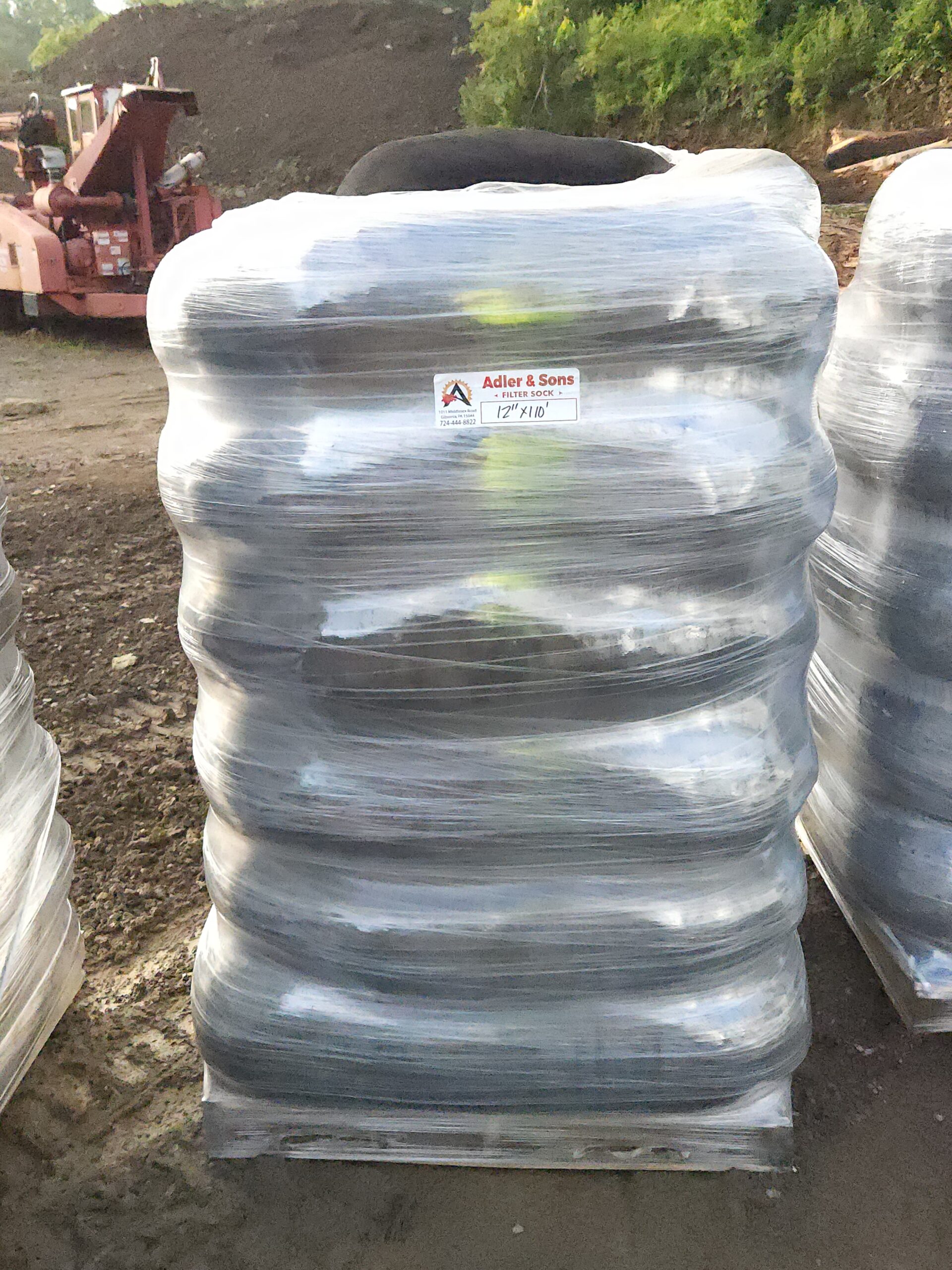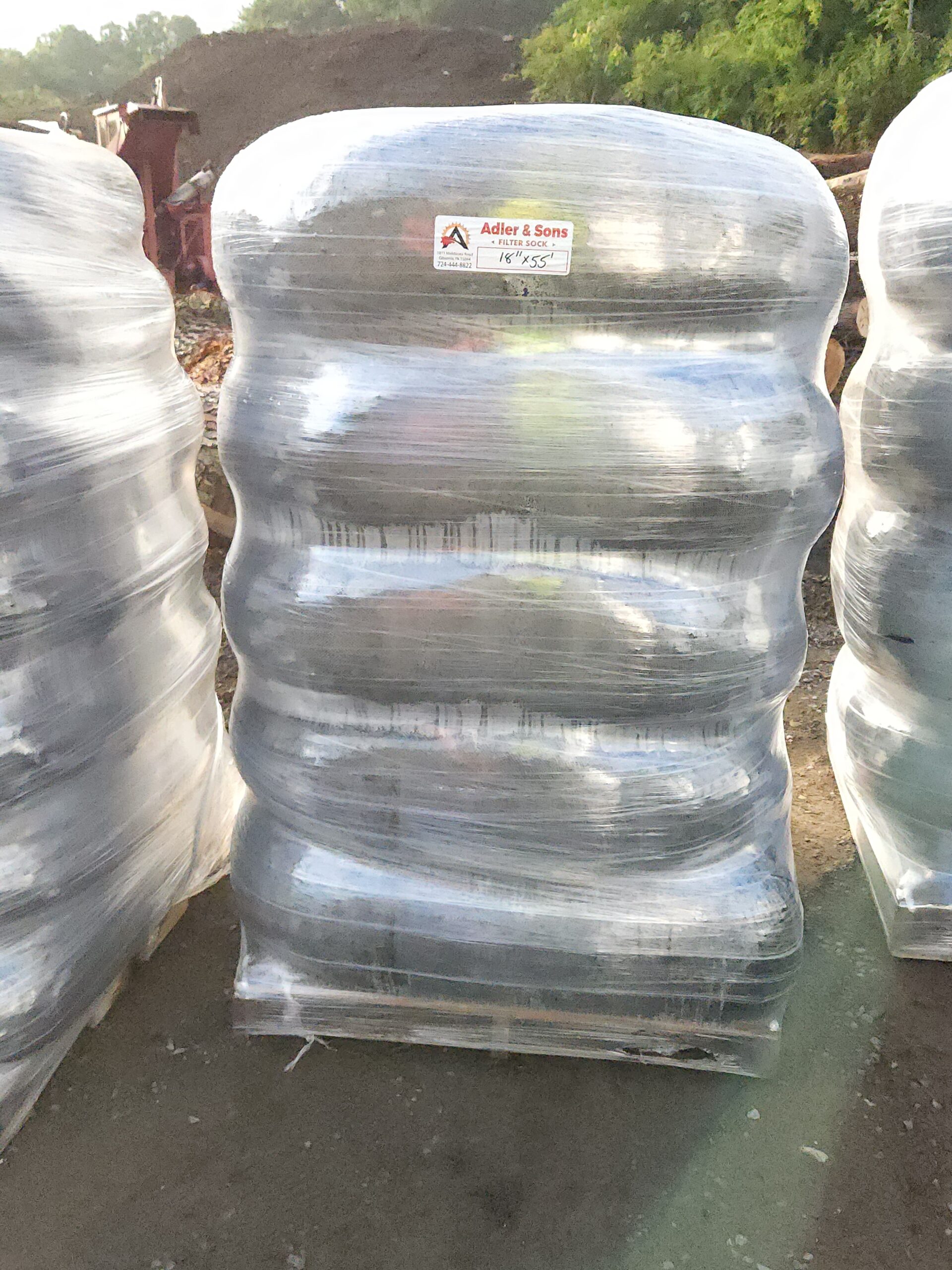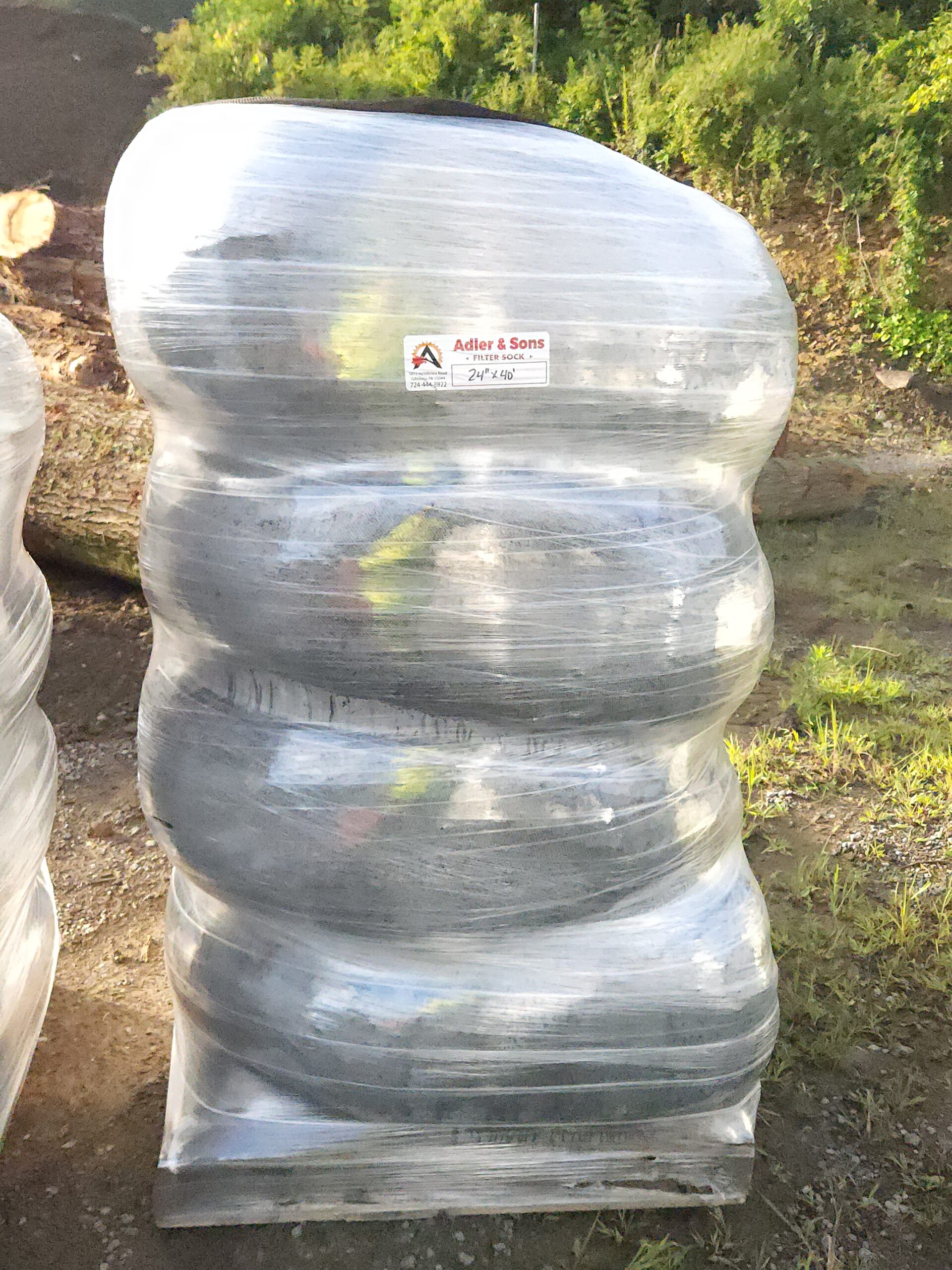



Message que:
Gibsonia Compost Filter Sock
A contained compost filter berm is a variation of a Gibsonia compost filter sock. To prevent erosion and hold back sediment in disturbed regions, a mesh tube filled with composted material is positioned perpendicular to sheet-flow runoff.
To catch and treat rainwater that flows off as sheet flow, compost filter socks are typically placed around a site’s perimeter or spaced out along a slope. Filter socks can also be used as small check dams to limit water flow in ditches and as inlet protection for storm drains on the pavement. Although socks with a diameter of 8 inches, 18 inches, and 24 inches have been utilized in various situations, filter socks for perimeter control are typically 12 inches in diameter.
The filter sock’s diameter will change based on how long and how steep the slope is. To slow the speed of water flowing down a hill in places of intense flow, filter socks are occasionally put in an inverted V shape, going up the slope. The project engineer might also think about installing filter socks at the slope’s top and bottom, or installing a series of filter socks every 15 to 25 feet along the slope’s vertical profile. The filter sock is typically filled, placed, and secured with stakes—trenching is not necessary. The ends of the sock should point to upslope when being installed.
Within a reasonable time frame (not to exceed 48 hours) following a storm event that results in rainwater runoff on-site, inspect at least once every seven calendar days. Remove any sediment that has accumulated deeper than halfway up the sock. Fix or replace the sock’s posts and broken or unstable parts. Secure any areas that might be undermined. If more are required to ensure proper protection, add more socks.
Adler & Sons can help you with your Gibsonia compost filter sock questions. Contact us today to learn more.




